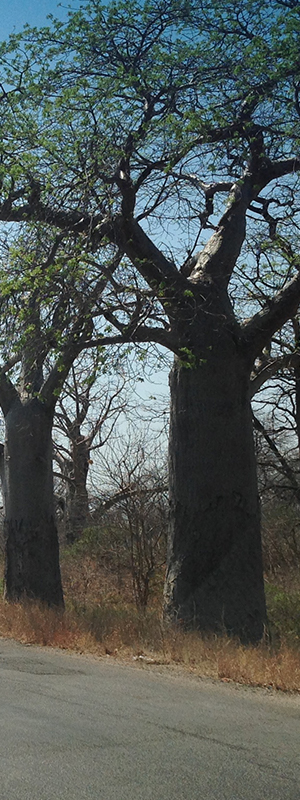Menu

Mobile phone communication has undeniably penetrated all spheres of Zimbabwean life, be it some remote rural village grandparents, a school teacher, vendor, student or any professional, everyone may already or intends to own a mobile phone. The cost of owning and using a mobile phone varies depending on a few factors.
Mobile communication offers robust flexibility that fixed telephones could not. Zimbabwe previously had a chronic shortage of fixed lines, and those without had to plan a trip in order to access the nearest available telephone.

The launch of government owned Netone and eventually independent owned Econet Wireless meant people had access to wireless mobile technology. Econet leaped ahead to become a dominant player and established its visible brand by opening shops everywhere so people could shop for mobile phones, register and activate them for use.
Virtually all phones are imported into Zimbabwe, with Chinese brands being the most popularly used by most. High inflation and fluctuating currency plus resale markup make these imports costly. High-end smart phones like those by Apple or Samsung are inherently pricey costing more than what most people make in a year. These high end devices also use a lot of data, whereas most users are content with basic functions like just the ability to do mobile banking, make calls and use the popular WhatsApp chatting app.
Many gadget stores have sprung up all over the country. Often mobile users prefer to source their own device by buying locally or they can import from neighbouring countries or even abroad.
Cost of mobile phone
The landing cost of bringing phones into the country make their prices invariably higher than in their countries of origin. In most countries users pay for their devices over 12 or 24 months, making an iPhone thats US$1200 payable at $49 a month.
Zimbabwean users generally pay for cash or negotiated credit terms with seller.
Mobile Sim-card
As mobile service was being rolled out all across the country, SIM card demand created scarcity and were consequently exorbitantly priced. Once purchased the mobile sim-card had to be registered officially using the name and National ID number of the owner.
Today SIM cards are readily available and can be purchased as needed.
Airtime
As mobile use began gaining traction, users quickly realized cost of regular calls was prohibitive, and limited to how much airtime was refilled. A US$1 top-up, a few years ago gave you about 5 min talk time and US$2 gave you a week of unlimited Whatsapp, Facebook and Twitter use . Consequently Whatsapp capable phones became the most sought after. And most users opted for pay as you go plans versus monthly post paid contract plans.
